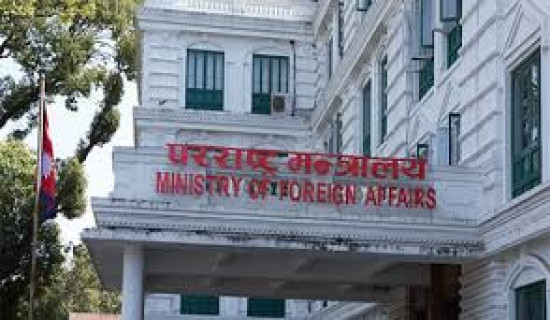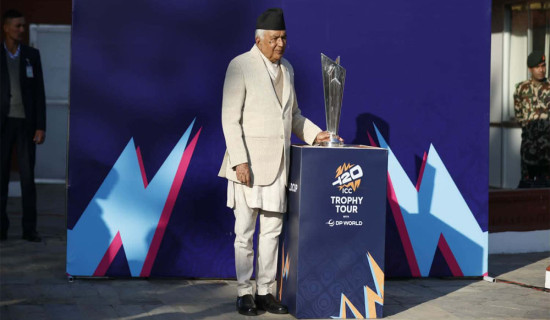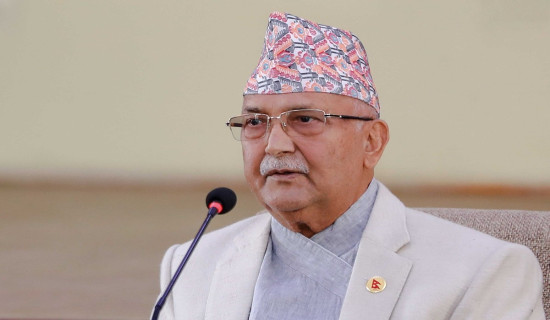- Monday, 5 January 2026
Strategic Autonomy Through Nonalignment
Nonalignment was born in the heydays of Cold War that started following the end of World War II. Superpower rivalry between the United States and the then Soviet Union erupted with the competition to expand their influence in their periphery and beyond. The possession of atomic weapons first by the US in 1945 and followed by the Soviet Union in 1949 added fuel to their strategic competition as both gained more destructive power to dominate others.
A wave of decolonisation in the 1950s and the 1960s brought independence to a large number of developing countries in Asia, Africa and Latin America. As both superpowers exerted their influence on these countries to toe their policies and join their alliance for security, there was a need for them to pursue a policy of nonalignment. Being nonaligned, the smaller and newly independent countries could avoid being drawn to either of the blocks created by the world’s two superpowers.
Strategic importance
Considering the strategic importance of principles of nonalignment such as noninterference in the internal affairs of other countries, mutual respect for territorial integrity and independence and coexistence among others, a large number of developing countries decided to establish a forum which was institutionalised as Non-aligned Movement (NAM) in its first summit (1961) in Belgrade. Since then, the movement has faced many ups and downs as international situation changed especially after the dismantling of former Soviet Union ushering in a new world order in which the US emerged as the lone superpower.
This development led some analysts to call the end of Cold War or bipolarity questioning the relevance of nonalignment, the basic thrust of which was the pursuit of a policy that tilted neither to the US nor to the Soviet Union. Actually, two major events of global ramifications even before the demise of the Soviet empire had brought some change in the international context for nonalignment. These were Soviet-China rivalry in the 1960s and US-China rapprochement in the 1970s. The economic pressures of globalisation and decline in the effectiveness of the multilateral system led some thinkers believe that nonalignment was less relevant to the immediate concerns of its followers.
Recently changed international scenario prompted by Russia-Ukraine war has now polarised the world in which countries seem to be supporting either of the two groups led by the US and the West, on one hand, and China and Russia on the other. This has created a dilemma for most countries in Asia, Africa and Latin America having been forced to choose sides. A UN General Assembly vote to condemn Russian aggression against an independent country Ukraine last February had displayed a sharp division among nations. Among SAARC nations, such polarisation was clearly visible. While India abstained in the voting, Nepal decided to support the resolution that criticised the action of a country which has violated the territorial integrity of a member of the United Nations.
Opinions are divided among some thinkers on the position of Nepal vis-à-vis Ukraine which the government has righty defended on the basis of our deep commitment to the Principles of UN Charter. Nonalignment has become an attractive option for many in the wake of Ukraine crisis. Judged by the reluctance of a large number of countries in Asia, Africa and Latin America to implement sanctions regime against Russia, it seems that these countries prefer to remain neutral neither endorsing Western approach nor supporting Russia. For these countries, the existing world order is less capable of addressing their security needs.
Moreover, there is a feeling among these countries that their existential concerns about food and finances and even global threat posed by climate change are left behind with no resolution in sight. There is growing fragmentation in economics and politics as sharpening divides are apparent between democracies and autocracies, rich and poor which dominate international affairs. Indeed, the international system is still unsettled as it is difficult to ascertain which order whether unipolar or multipolar order is representing the current world. Though the political analysts predicted the end of bipolar world with Cold War’s end three decades ago, none could foresee the emergence of shift of economic focus towards Asia after the unprecedented economic growth achieved by China and other Asian countries.
The redistribution of economic power has resulted in a globalised world where the sole but reluctant military superpower has been operating in an economically multipolar context. Against such background of uncertain times in today’s world many countries see a lot of justification behind a policy of strategic autonomy, which is gained by adhering to the nonaligned principles. Nonalignment provided its followers an opportunity to limit the big powers’ entanglement in others’ quarrels and intervene in domestic affairs that compromised the independence of small countries.
Security-based alliance
One can recall how the crusaders of Cold War lambasted the nonaligned policy as being immoral in the beginning of the bipolarised world when two security alliance NATO and Warsaw Pact respectively led by the US and Soviet Union dominated the world order. During the Cold War, the so-called superpowers coerced others to choose sides by adopting an attitude of “either with us or against us”. The strategic competition between the US and China has sharpened by recent Western moves including adoption of Quadrilateral Dialogue (QUAD) grouping the US, Japan , Australia and India, which is security-based alliance. This informal forum has been perceived by China as an attempt to encircle it and stem its peaceful rise.
With this perceived threat already souring US-China relations, the Ukraine crisis in which China has refrained from sanctions against Russia, has only worsened the situation. Undisputedly, China and the US are two of the biggest trading partners for many countries and frosty relations between them will harm them, too. Russia’s war in Ukraine has highlighted the fact that the international system is fraying. When big powers like the US and Russia pressurise other countries to choose sides like supporting sanctions against Russia or refraining from them, it is natural that countries view nonalignment as the most suitable approach that gives them strategic autonomy.
(Thapa was Foreign Policy Advisor to the Prime Minister 2008-09.)












-original-thumb.jpg)



